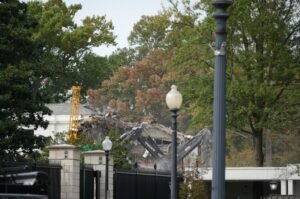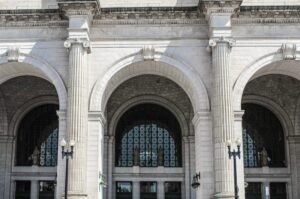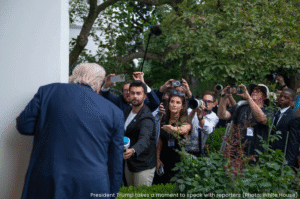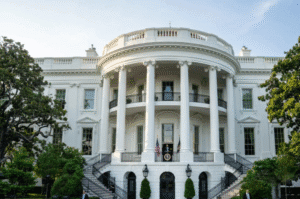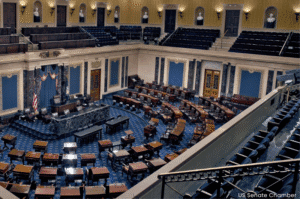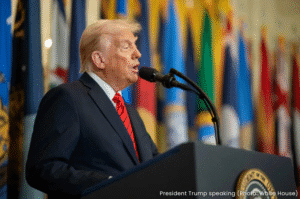
The historic East Wing of the White House — long the domain of first ladies and state receptions — has been demolished to make way for a new 90,000-square-foot ballroom. The project is privately funded, politically charged, and raising questions about transparency, preservation, and the true cost of the “People’s House.”
What’s Going On
Demolition crews have completed the teardown of the White House East Wing, clearing the site for construction of a massive new ballroom. The structure, which had stood in various forms since 1902, once housed the First Lady’s offices, the Social Office, and the public tour entrance.
The new ballroom — projected at roughly 90,000 square feet and costing about $300 million — is being described by the administration as a “privately funded modernization.” Officials claim the East Wing needed upgrades to meet current functional and security demands. Critics argue that the process bypassed traditional preservation and review standards that usually apply to changes on federal historic sites.
Donors and the Private Dinner at the White House
President Trump recently released a list of prominent guests invited to a White House dinner celebrating the ballroom project. The event reportedly included around 130 attendees, among them executives from Apple, Amazon, Google, Meta, Lockheed Martin, and several major cryptocurrency firms.
According to press briefings, the dinner was not purely ceremonial — it served as an opportunity to thank contributors and showcase early architectural renderings of the ballroom. A partial donor list has also been shared with reporters, revealing that a mix of corporate sponsors and wealthy individuals are financing the build. Some of the larger contributors are said to include major tech and defense companies, with Alphabet’s (Google’s) contribution estimated at $22 million toward design and infrastructure technology.
While the administration emphasizes that no taxpayer funds are being used, watchdog groups have called for full transparency about the donation amounts, terms, and any potential access or influence tied to participation.
Timeline and Construction
The ballroom plan was announced in late summer with an estimated $200 million cost. Within weeks, that number rose to roughly $300 million as the scope expanded to include new security systems and digital infrastructure. By early autumn, demolition was underway, and satellite images taken this week confirm that the East Wing is now gone — replaced by construction staging at one of the most secure addresses in the world.
Officials say the funding is being managed through an intermediary trust, but preservation advocates continue to press for more detail about oversight, project governance, and how donor recognition will be handled once the new structure is complete.
President Trump has publicly championed the ballroom as a “necessary modernization.” According to a July 31 press release posted on WhiteHouse.gov:
“The White House State Ballroom will be a much-needed and exquisite addition of approximately 90,000 total square feet of ornately designed and carefully crafted space, with a seated capacity of 650 people — a significant increase from the 200-person seated capacity in the East Room of the White House.”
What’s at Stake
For over a century, the East Wing symbolized the public-facing side of the White House — where diplomacy, ceremony, and national traditions intersected. Its demolition marks one of the most significant changes to the presidential complex since the Truman-era reconstruction.
To supporters, the new ballroom represents modernization and capacity for large-scale state events. To critics, it is a rebranding of America’s most iconic residence — one funded and influenced by private interests, not the public it represents. The debate now extends far beyond architecture to include governance, ethics, and ownership of national heritage.
Who Are We Serving?
The East Wing’s removal highlights a broader tension between modernization and preservation — between what serves the presidency and what serves the public. The unprecedented corporate involvement in a federal landmark’s redesign is already prompting calls for stricter transparency laws governing privately funded government projects.
It’s a reminder that in the modern era, even the most symbolic institutions can be reshaped by those with the means to pay for access — and by those willing to allow it.
The Bigger Picture
At its core, the ballroom project underscores how symbolism, power, and private influence now intersect at America’s most recognized address. The White House is a working residence — but it is also a public institution, built to serve and represent the nation, not the individual who occupies it.
When major transformations are financed by private donors and carried out with limited public oversight, the line between preservation and personalization begins to blur. The question is whether the public will still see the completed project as their own.







